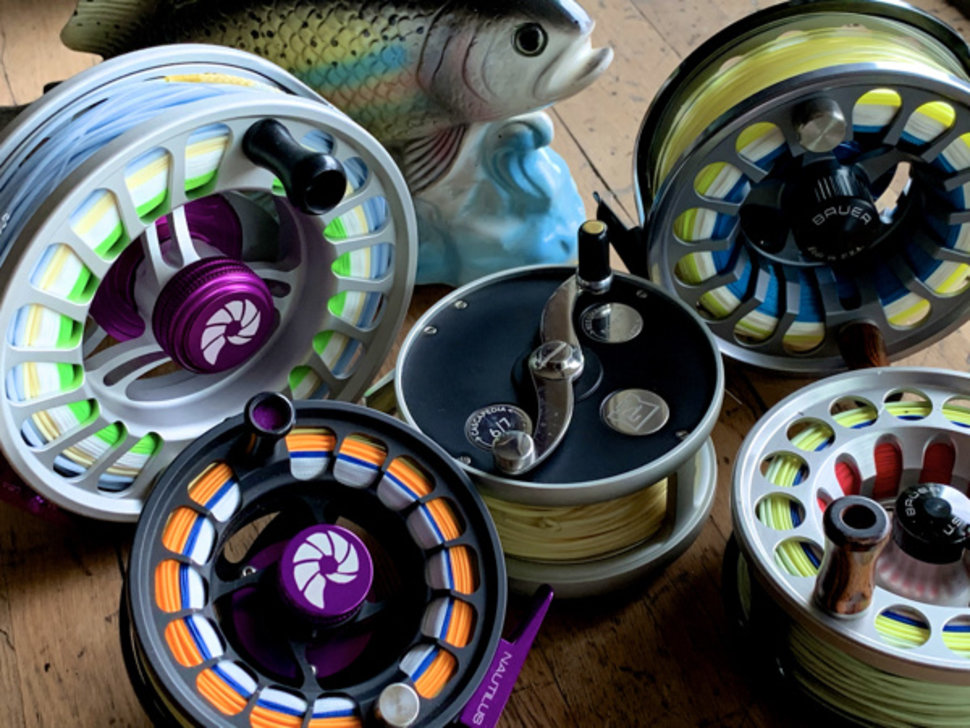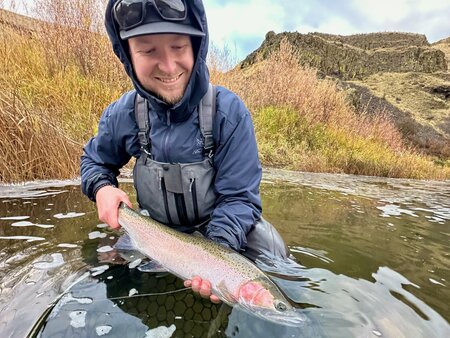Cleaning up your Cast

Having been a fly angler for approximately 56-years, with over 20 of those in the fly tackle business; I have seen the gear we use evolve with time. As materials and technology permeate our sport some of the old-school methodologies for keeping our gear functioning at an optimum level have changed. So have the tools we use. Where once slathering your fly line with homemade concoctions or commercially produced elixirs to make them cast farther and float longer was a daily ritual; today's fly lines have increase floatation and slickness built-in, requiring only simple maintenance.
With most of us sheltering in place for the foreseeable future, we have time to go through our gear and make sure that when we do get back on the water, everything will be in perfect working order. This week, I thought I'd start with fly lines and reels as I'm spending my newfound free time organizing tackle.
The first step in this process for me is getting all my gear in one place. Having recently moved into a new house with boxes still occupying more than half the garage, this has been a task. The funny thing is, I've found all of my reels and they are now safely tucked in the fly tying room. I've gone through them all, setting aside those I wish to revisit for a fly-line update or to freshen the backing. All have been inspected and cleaned with a soft rag and light oil. I use Boeshield to treat the surface and prevent corrosion, especially in the reel seat and handle areas where dirt and moisture collect. Reels that require maintenance to the drag surface (Abels, Tibors, older Bauers) have been taken apart and serviced with the prescribed lubricant. At this time I check to make sure the drag has been backed off to protect the springs, then inspect the fly lines.
As I mentioned before, fly lines have changed a lot over the years and so too have the techniques required to keep them working properly. Most don't require more than the occasional cleaning and even that is uncomplicated. First, carefully pull the line off into a sink or tub of warm water with just a little dish soap. While stripping the line from the reel look for cracks or breaks in the line surface. If present, these will cause the line to sink and possibly fail on a big fish if the core is damaged. It's time for a new line.
If the line looks to be in good order, carefully slosh it around in the water to loosen up any dirt, then rinse it in cool water and wind back on the reel through a clean cotton rag. Most modern lines do not require any lubrication or special cleaning agents unless you fish in very dirty water and haven't maintained them. Then, the application of Rio's Agent X or the use of their Wonder Cloth can be helpful. If you're traveling pack a few Line Cleaning Towelettes in your kit for a quick cleaning. It should be noted that over-application of any liquid treatment if not properly buffed off can lead to premature failure of the line by attracting dirt and breaking down the surface of the line. In this case, less is better.
Sinking lines used for lake fishing and other applications can be made to cast better with the use of the Wonder Cloth or simply cleaning them in the warm water and soap bath. Never use any liquid treatments on sinking lines. The rule of thumb is if after carefully cleaning your lines the floating ones sink and the sinking ones float, you need new lines.




